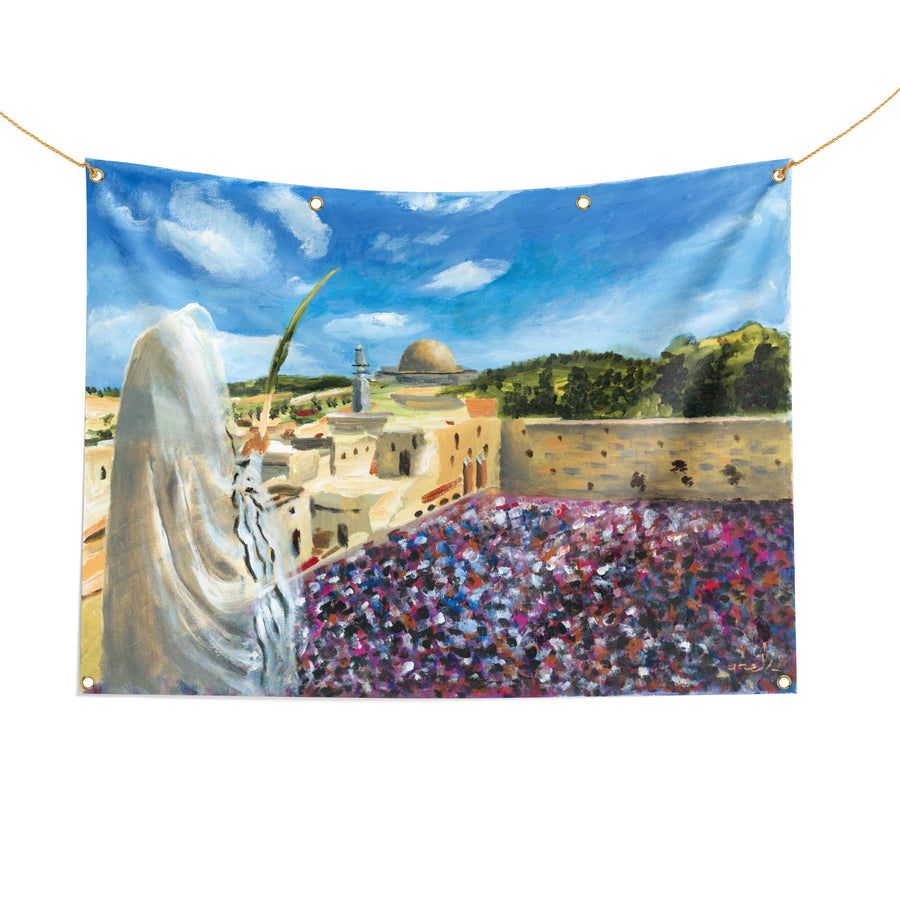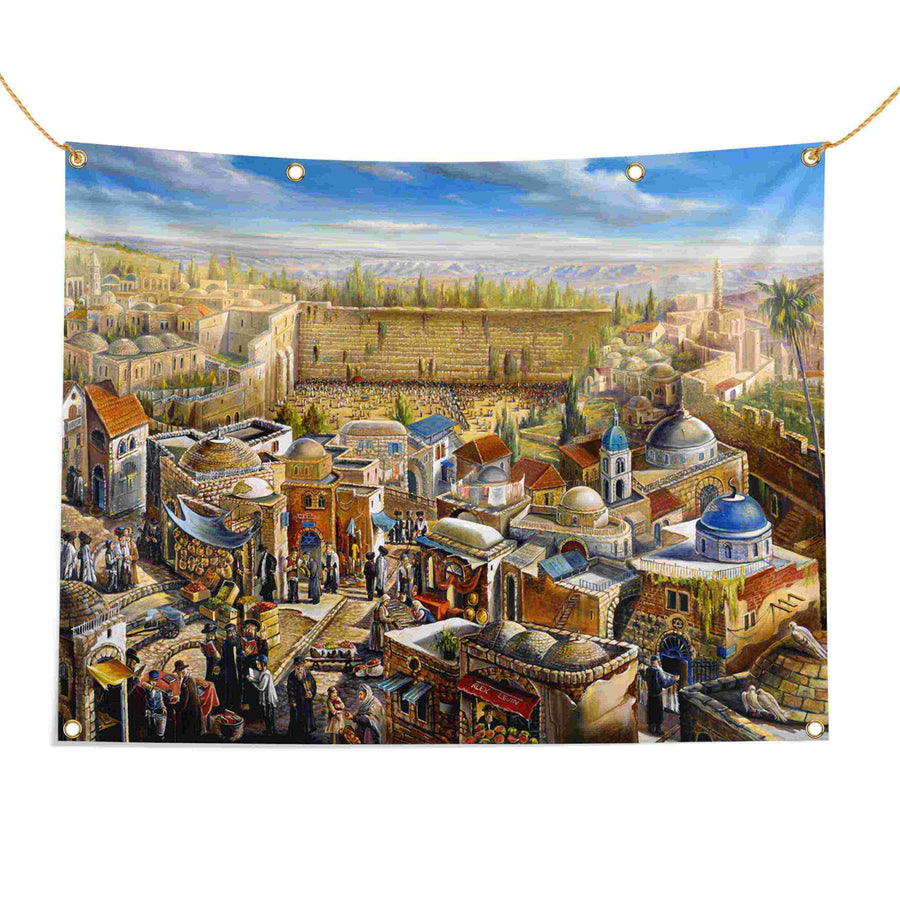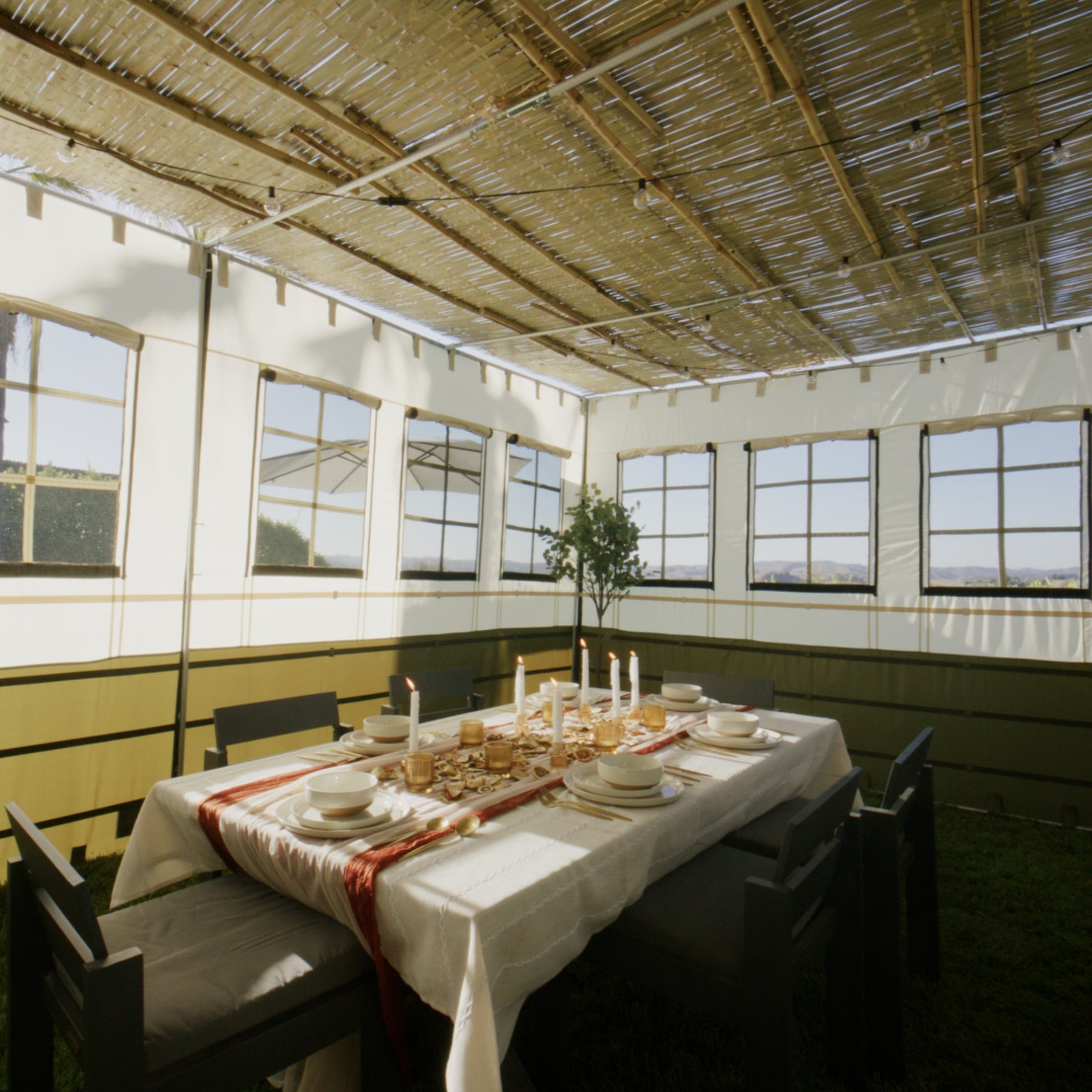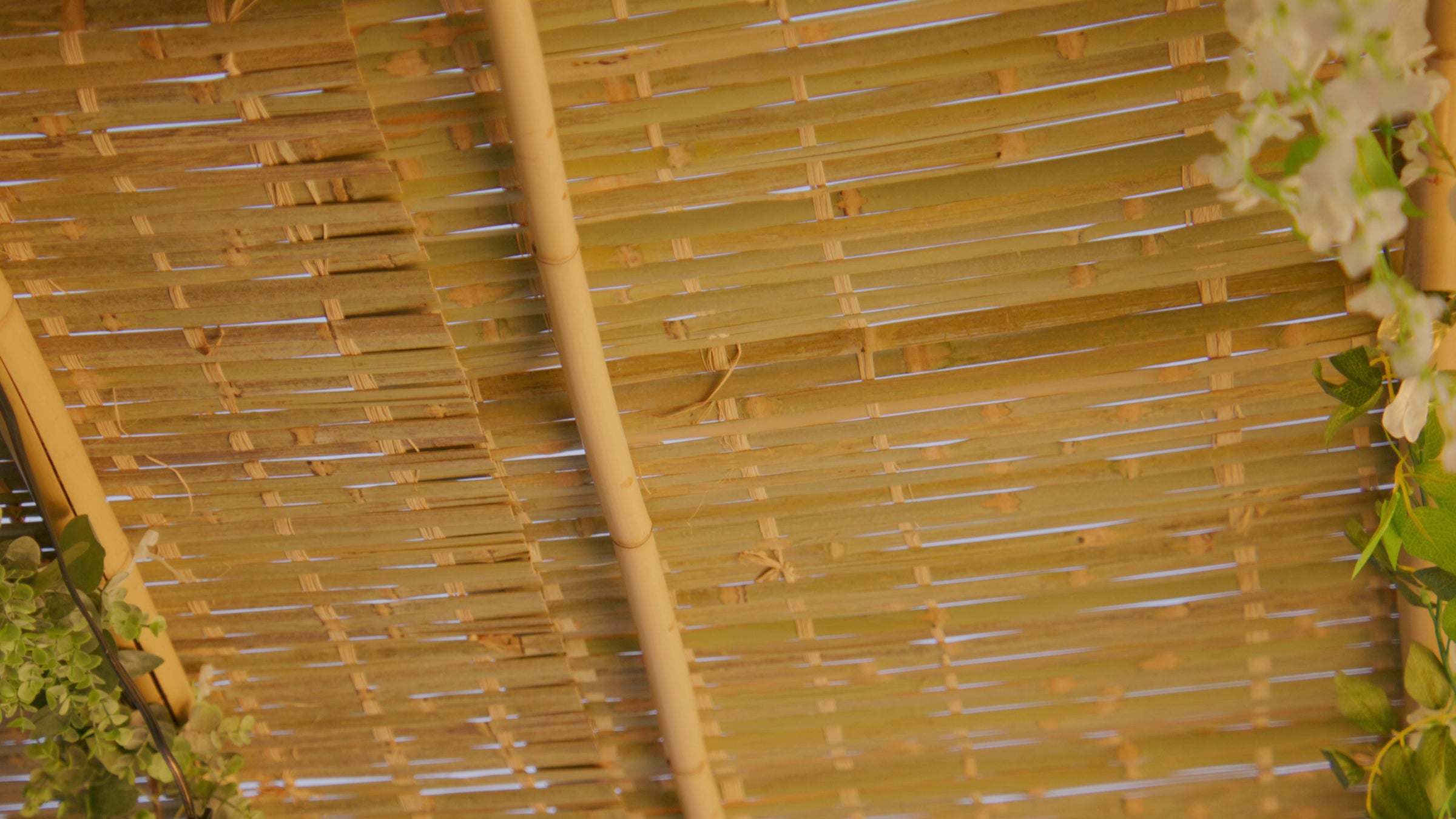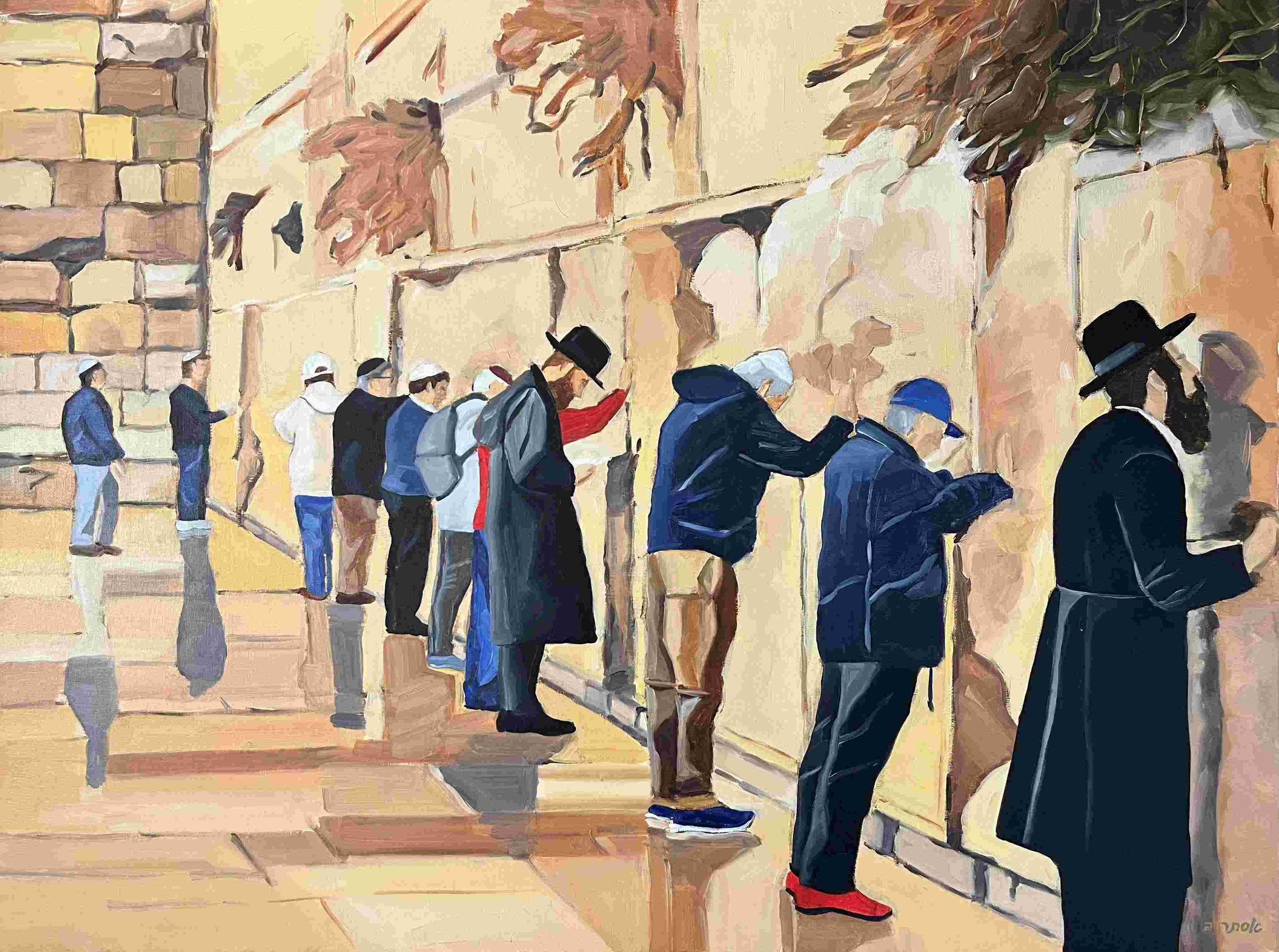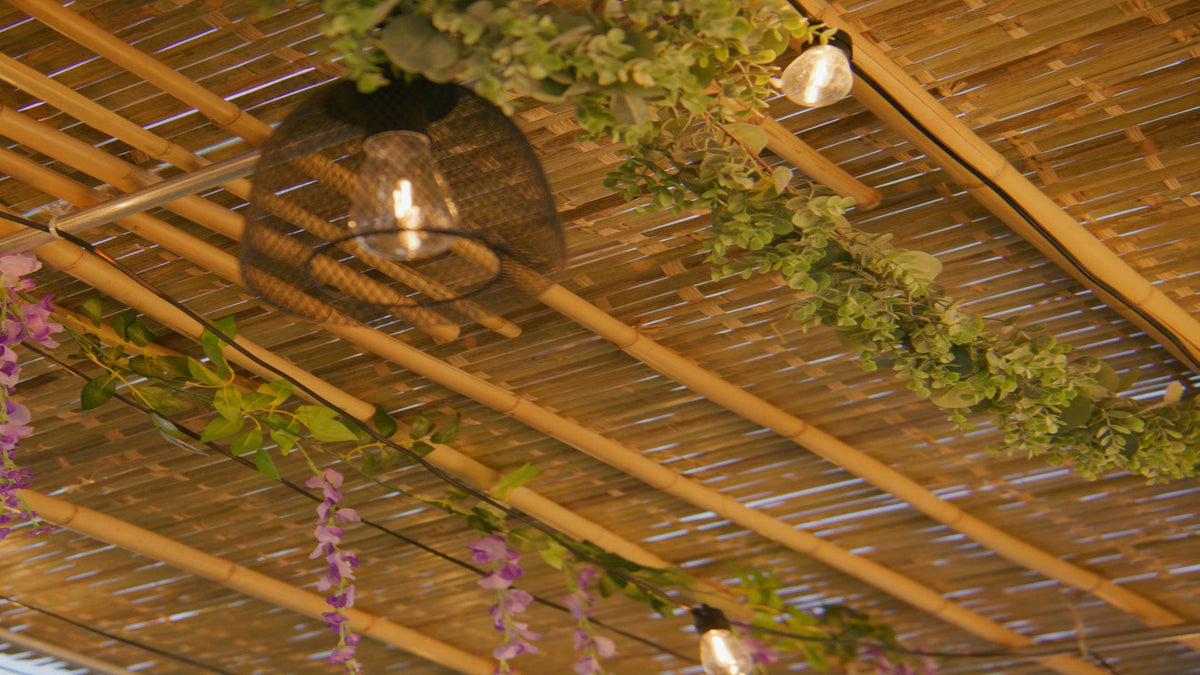

Table of contents
Every Sukkot, Jews around the world bust out bamboo poles, wood slats, palm fronds, and a level of DIY spirit that would make Bob the Builder proud. Why? Because it’s time to build the Sukkah – a temporary hut for the holiday of Sukkot. And just like any good mitzvah, the laws about what materials are kosher (fit) or pasul (unfit) can feel like a deep dive into the Talmud... or a complicated Home Depot shopping list.
But today, we’re going fishing – sort of. Because people the globe over all all asking a great question:
“Is fishing line mekabel tumah (able to become ritually impure)? And can it be used in Schach (Sukkah roofing material)?”
Let’s unravel this.
Hooked on Halacha: The Problem with Fishing Line for Schach Support
The concern here is about your kosher Schach (be that kosher bamboo Schach mats or palm fronds), the roof covering of a Sukkah. According to Shulchan Aruch, Orach Chaim 629:1, your Schach cannot be made from anything that is mekabel tumah – that is, anything that can become ritually impure. This generally includes items that are processed, man-made, or used as vessels, even if they started out as natural materials.
That’s why good old tree branches are kosher, but a carved wooden spoon is not.
So what about mats of reeds held together with – wait for it – fishing line?
One company makes these reed mats and includes an instruction to put wood on top so the mat won’t be held (or supported, known in halachic terms as ma'amid) by the fishing line itself. Sounds a little sus. Are they overreacting, or is there merit to this precaution?
Let’s find out.
Enter the Poskim: Star-K to the Rescue
According to Star-K – an agency known for its kashrut certifications – the fishing line debate has already been reeled in and examined. Based on rulings from Rabbi Moshe Heinemann, they explain the following:
Schach must not only be made of something not mekabel tumah, but it also ideally should not be supported by anything that is.
(Yes, even if the support isn't the Schach itself. Welcome to the world of halacha.)According to Rashi, as cited in Sha'ar Hatziyun 629:20, spun or woven threads – think string, yarn, cloth – are mekabel tumah. That includes things like multi-filament cords and fabric tapes.
Rabbi Moshe Feinstein agreed. He pointed out that if the material holding wooden slats together is mekabel tumah, then even the slats themselves become unfit to use as Schach. So your arts-and-crafts blinds? Not kosher. Certified kosher bamboo Schach mats? Definitely.
But – and here’s the kicker – fishing line, specifically monofilament, is not woven or spun.
It’s extruded plastic – smooth, sleek, and single-strand. Star-K says that monofilament fishing line is not mekabel tumah, and therefore may be used to tie together bamboo slats.
Cue sighs of relief from people who already bought that brand of Schach mat.
But Wait: The Plot Thickens
Some cast a skeptical eye on this verdict, since monofilament is, after all, a synthetic plastic, not something that grows from the earth. Let’s reference Rav Moshe Feinstein again – this time from a different ruling (Orach Chaim, Vol. 2, 92 s.v. Uvadavar kli) – this makes the case that any refined, manufactured item could be considered a kli (tool), and thus capable of contracting impurity.
Here’s a compelling comparison: If a plastic container can absorb tomato sauce, it can absorb ritual impurity, too.
So what do we do with this? Ditch all the complication and just throw some certified kosher bamboo Schach mats into the trunk!
…or keep reading.
Cordage and Confusion: It’s All About the Process
The discussion took a fascinating turn into the manufacturing world. One big factor in whether something is mekabel tumah is how processed it is. Here's the hierarchy:
Cotton cordage: Very processed, considered a finished product, and definitely mekabel tumah.
Sisal twine: Less processed, made from plant fibers like reeds or bulrush, and not mekabel tumah.
Palm bast fibers (סיב / siv): Used traditionally, not considered a tool, and permissible for Schach support.
The more human intervention required to make a material usable, the more likely it is to fall into the “ritually impure” category.
So is fishing line more like a plastic bucket or a bamboo twig? That's the $64,000 halachic question.
Screws, Glue, and the Case of the Franken-Beam
The fishing line issue isn’t the only support-related Sukkah drama. In another scenario, someone patched up a broken wooden beam using wood glue and metal screws and asked: “Is this kosher for Schach support?”
According to the Mishnah Brurah 629:26, as long as the Schach isn’t directly resting on the metal screws, you’re good to go:
“It is permissible to use nails to join beams that hold up the Schach, because the Schach is not directly supported by the nails, but rather by the beams.”
That’s what’s known as a ma'amid d’ma'amid – a support of a support. It’s a halachic loophole you can dance the hora through.
Not everyone agrees, though. The Chazon Ish was stricter and considered even indirect support to be problematic lechatchila (ideally).
So...Can I Use Fishing Line or Not?
Here’s the bottom line, unraveled:
If the fishing line is monofilament, i.e., not spun or woven, then most poskim (halachic decisors) consider it not mekabel tumah, and it’s kosher lechatchila to hold together Schach.
If it's braided, woven, or multi-filament, then it is considered mekabel tumah and not suitable for use in supporting Schach.
If you’re dealing with wood glue, screws, or other indirect supports, you’re probably fine bediavad (after the fact), but it’s better to avoid lechatchila if possible – unless you hold like the Mishnah Brurah.
Final Cast
When it comes to building a kosher Sukkah, intent and material matter. It’s not just what you use – it’s how it’s made, how it supports, and how many steps it takes to go from "tree" to "tool."
So if you're holding that Schach together with a couple strands of monofilament fishing line, you’re probably fine.
But if you want to go belt-and-suspenders with extra wood on top to remove all doubt? That’s just good halachic hygiene.
After all, Sukkot is about simplicity, not complexity. But sometimes, understanding simplicity... requires a deep halachic dive.


